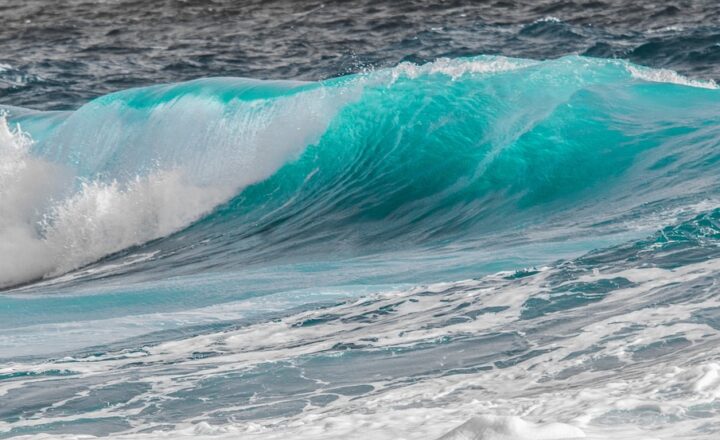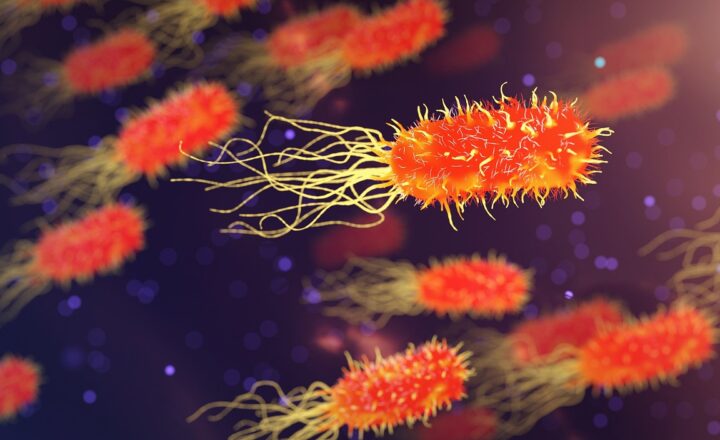
Ice melting is a fascinating process governed by the principles of thermodynamics and phase changes. At a fundamental level, the reason ice melts involves energy transfer, molecular motion, and the interplay of temperature and pressure. This article delves into the science behind why ice transitions from solid to liquid, exploring the physical principles and the broader implications in nature.
1. Understanding Phases of Matter
Before discussing why ice melts, let’s first explore the different phases of matter. Matter can exist in four primary states: solid, liquid, gas, and plasma. The state in which a substance exists is determined by the temperature and pressure of its environment.
– Solids: In this state, molecules are tightly packed and vibrate in place. Ice, as a solid form of water, has a crystalline structure that organizes water molecules in a rigid lattice.
– Liquids: In liquids, molecules are close together but can move freely. This fluidity allows liquids to take the shape of their container, as seen with water.
– Gases: Molecules are further apart and move freely, allowing gases to expand and fill their container, exhibiting lower density.
– Plasma: A highly energized state, plasma consists of charged particles and is found in stars, including the sun.
Understanding these phases helps us comprehend what happens during phase changes, such as ice melting into water.
2. The Physics Behind Ice Melting
The melting of ice is a phase change from solid to liquid, primarily influenced by temperature. When ice is subjected to temperatures above 0°C (32°F), it begins to absorb heat energy from its surroundings. This process can be explained through several key concepts:
– Heat Transfer: Heat is the energy that flows from warmer objects to cooler ones. When ice is in contact with warmer air or a surface, it absorbs heat, leading to an increase in the kinetic energy of its molecules.
– Molecular Motion: As the temperature rises, the molecules in the ice begin to vibrate more vigorously. The rigid structure of the ice starts to break down as intermolecular forces are weakened, causing the solid to transition into a liquid state.
– Latent Heat of Fusion: The melting of ice requires a specific amount of energy known as the latent heat of fusion. For water, this value is approximately 334 joules per gram. This energy is absorbed by the ice as it melts, allowing it to change phase without raising its temperature until all the ice has converted to water.
Understanding these mechanisms clarifies why simply raising the temperature of ice leads to its melting.
3. Factors Influencing Ice Melting
Several factors can influence how quickly ice melts, including:
– Temperature: The higher the surrounding temperature, the faster ice will melt due to increased heat transfer.
– Surface Area: Smaller ice cubes or crushed ice have a larger surface area for heat absorption compared to larger blocks, making them melt faster.
– Pressure: Increased pressure can lower the melting point of ice, causing it to melt at temperatures below 0°C. This phenomenon is observed in glaciers where pressure from the overlying ice can lead to melting.
– Impurities: The presence of impurities, such as salt, can dramatically lower the melting point of ice, a principle often used in de-icing roads during winter.
These factors underscore the complexity of the melting process and highlight how environmental conditions play a critical role in this seemingly simple phenomenon.
4. The Role of Ice Melting in Nature
The melting of ice is not just a laboratory phenomenon but a critical natural process with significant implications:
– Climate Change: The rapid melting of polar ice caps and glaciers due to rising global temperatures is intricately linked to climate change. This contributes to rising sea levels, affecting ecosystems and human habitation.
– Ecosystem Balance: Seasonal ice melting in freshwater environments impacts water levels and nutrient flows, essential for aquatic life. The timing of ice melt can affect spawning and migration patterns for fish and other wildlife.
– Freshwater Resources: Melting ice contributes to freshwater supplies during warmer months, supporting agriculture, drinking water, and ecosystem sustainability.
The interplay between ice melting and environmental dynamics illustrates the significance of understanding phase changes.
5. Conclusion
In conclusion, the melting of ice is a complex process rooted in the fundamental principles of physics and thermodynamics. It showcases the dynamic relationship between temperature, molecular motion, and phase changes, while also playing a crucial role in our environment. By understanding why ice melts, we gain insights into larger environmental issues and the delicate balance of our ecosystems. This knowledge not only enriches our comprehension of the natural world but also empowers us to make informed decisions in the face of climate challenges.
Next time you see ice melting on a warm day, take a moment to appreciate the scientific principles at play, transforming a solid block of ice into a refreshing liquid.








